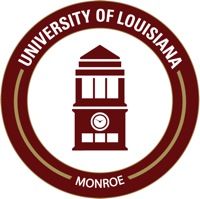Below is a summary of the abstract you submitted. Presenting author(s) is shown in bold.
If any changes need to be made, you can modify the abstract or change the authors.
You can also download a .docx version of this abstract.
If there are any problems, please email Dan at dar78@pitt.edu and he'll take care of them!
This abstract was last modified on May 5, 2017 at 1:18 p.m..

Nontuberculous mycobacterial (NTM) infections cause a wide range of debilitating diseases and are increasing in prevalence in the U.S and worldwide. With the increased resistance to antibiotics by NTM pathogens, phage therapy is gaining attention as an alternative for the treatment of such infections. Over 7,000 bacteriophages that infect the non-pathogenic species Mycobacterium smegmatis have been isolated. Host-range tests have identified specific subclusters of phage that can infect multiple M. smegmatis strains and a non-pathogenic strain of M. tuberculosis, indicating that they may exhibit broad host range and can possibly infect NTM pathogens. Members of the A3 subcluster have multiple phage that are potentially broad host range. In addition, these phage share a specific variant of a gene (GP5) encoding a putative minor tail protein. We have tested the ability of a large series of A3 phage to infect three pathogenic Mycobacterium species (M. abscessus, M. chelonae, and M. fortuitum) to determine if A3 broad host range extended to NTM species and if the infectivity correlates with the gene variant. The A3 phage Rockstar and Vix display significant broad host-range infectivity for one or more of these NTM hosts. In addition, as part of the SEA-PHAGES broad host-range project we have extended our study to thirty non-A3 phage isolates. The Mycobacteriophage Alma (A9), Cain (K6), Jeon (W), Larva (K5), Muddy (Singleton), PegLeg (M1), SherlockHolmes (K3), Trixie (A2), Wintermute (K4), and ZoeJ (K2) have successfully infected one or more of these NTM hosts as well. We are currently investigating the existence of related minor tail proteins in these isolates which may correlate with their broad host-range infectivity.

